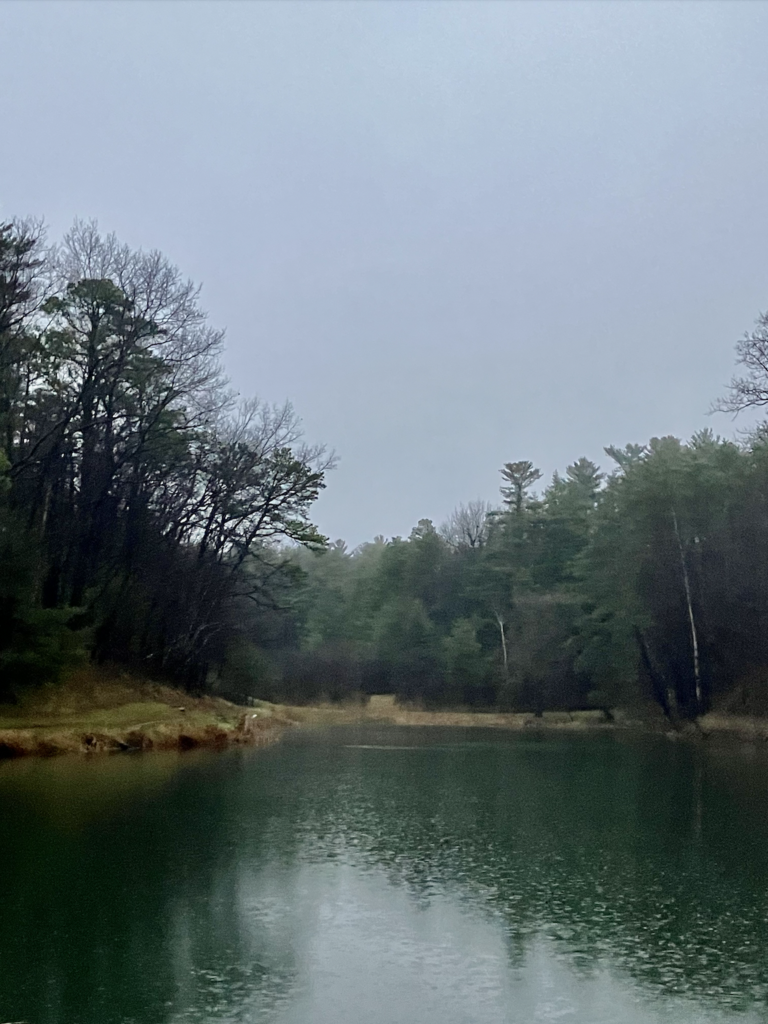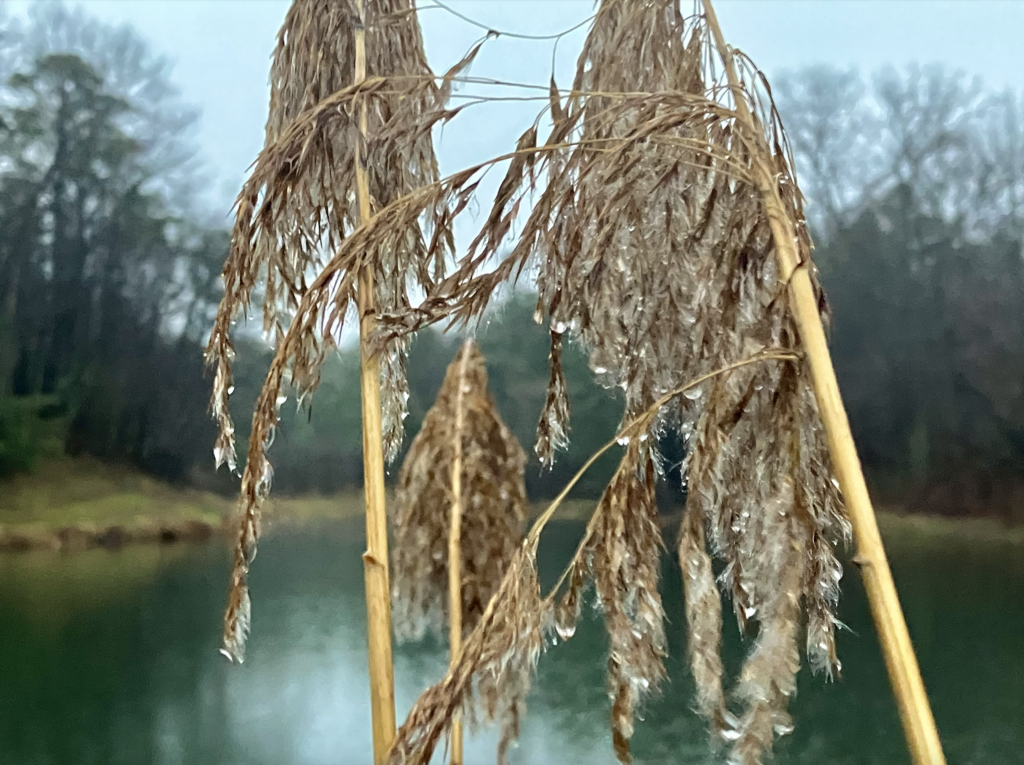To be comfortable outside in a short sleeve t-shirt in northern Vermont in December is an unfortunate plight. Regardless, the misty air and temperatures in the mid-50’s were the conditions I experienced in my last visit to Gilbrook. Hopefully this spring-like weather is just a blip and winter can come soon. The effects of colder temperatures through November were still visible when observing Gilbrook. Leaf presence was practically negligible — only a few sparse leaves on Northern Red Oaks and White Oaks were visible.

The amount of foliage on woody plants now is similar to the amount seen in early November, but a more noticeable difference lies within invasives and marshy plants. While there were large amounts of buckthorn and marshy reeds that still showed signs of thriving in early November, in my most recent visit almost all marshy plants appeared dormant along with various invasives.

Leaf litter appeared similar to early November. The surface of leaf carpets displayed negligible to absent signs of decomposition, but lower layers appeared to be in the process of early decomposition. Actual fungi and decomposing organisms were not prominent — the only evidence of decomposition was the withered appearance of leaves.
On the particular day I visited I did not notice any squirrels or small mammals like I had previously. Small birds occasionally flew short distances to travel between trees, but there were no songbirds to be heard. However, traces of small mammals were apparent. It had been raining for almost two full days by the time I visited, which resulted in very soft ground throughout the reservation. This resulted in prominent viewing of squirrel tracks and other footprints from small mammals.
The most appealing element of Gilbrook is the ability to study the impacts of development on a natural area. The body of water in Gilbrook is heavily impacted by runoff from the highway less than 30 feet away, which allows for isolated examination on the effects of water quality from road pollution. I’d like to perform qualitative tests on the water quality of Gilbrook and compare to other bodies of water to see just how great the differences are.
